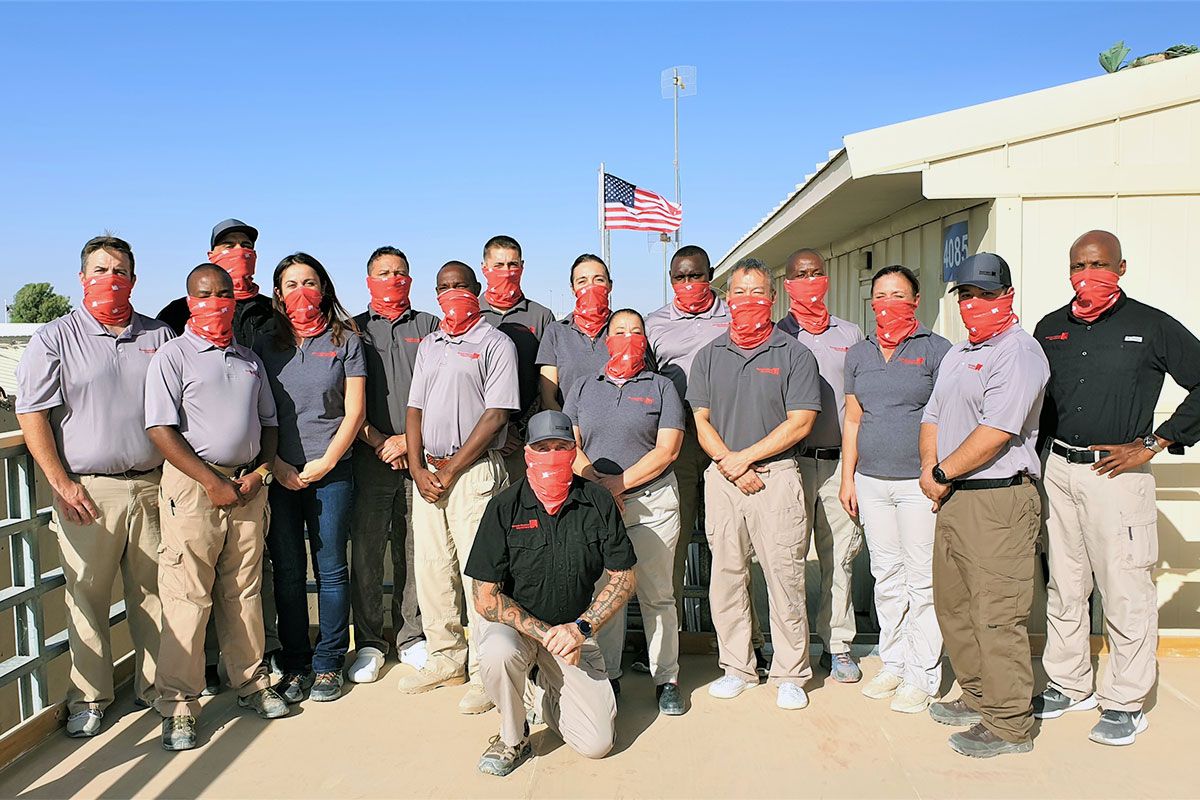When one thinks of two-humped Bactrian camels in Central Asia, one might imagine them as docile beasts of burden plodding along golden sand dunes. Well, not on this day. Somehow I found myself evacuating a 17-year-old male with altitude sickness in the shadow of Mt. Muztagh Ata’s (24,758 ft.) glaciers on the back of a camel that was anything but docile. The camel bellowed, stomped, and actually broke free of its nose ring while crossing a treacherous glacial river (with my patient on his back) as if to announce that he would like to go back to the desert.
Before I sound ungrateful to the camel’s aid, let me mention how necessary and grateful I actually was (and am). That morning, one of my students woke me up in my tent before dawn with projectile vomiting, ataxia, and a severe headache. By the time the sun rose and illuminated a landscape of white canvas nomadic tents, yaks, camels, and melting glacial streams, the male patient was lying heaped on the ground. It became evident that an evacuation would be necessary. Like all medical emergencies, I calmly inventoried my resources: five camels, two local guides, two cell phones with spotty coverage and nearly exhausted batteries, Diamox, a telemedicine subscription, and ten other bewildered and scared looking students. “It could be worse,” I thought. It was no sooner that I said this when the hail began to fall. Suddenly the campsite looked less like a site for sleeping and more like an angry snow globe meets and even angrier pinball machine. I reminded myself that unexpected weather in the mountains can just as unexpectedly stop and after about 30 agonizing minutes, it did.
The complications didn’t end there, regretfully. I was guiding a group of predominately North American students along the Silk Road and we had just begun our high altitude trek in the snowy Pamirs along the China / Pakistani border. Due to severe ethnic riots and conflict, China had shut down outgoing cell phone calls, text messaging, and the Internet in Xinjiang province. Furthermore, border checkpoints and police checkpoints would slow any effort to get out of the mountains via the infamous Karakorum highway.
Meanwhile, the patient got sicker. The local Kirghiz nomads earnestly attempted to coax him to eat sour yak yogurt (a traditional remedy for AMS). The telemedicine doctor and I finally broke through on the telephone line and confirmed administration of 250mg of Diamox and immediate descent. It was deemed the strongest, most sure-footed camel (affectionately named “K2” with his white color and icy “don’t mess with me” attitude) would be the camel for the job.
But how does someone with poor balance and coordination manage to balance on a camel over steep and rocky terrain at a pretty good pace? We tied the patient loosely to the camel’s front hump with a quick-release knot and assigned two people to spot either leg of the patient and another two to spot the Camel on particularly steep parts of the descent. The local guides and I took turns leading K2 by the nose and enjoying the relief that K2 was acting patient and reliable and that every step to lower altitude was a step closer to stabilizing and improving our patient’s condition.
As a Wilderness Medicine Instructor, I constantly remind students there are unpredictable variables that can occur in a remote emergency. As the evacuation progressed, I smiled silently to myself thinking that somehow, this long and complicated morning was a mere test. Limited communication, challenging environmental factors, limited resources… remote medicine is about pulling out the stops and making it work. It is about adapting creatively to the situation at hand and giving up on the “ideal” situation. You have what you have. Critical moments can’t be spent wishing you had taken another route, had a better phone battery, or were not trekking in a police state during severe political unrest. As I led K2 (the desert camel) through melted snow, we both breathed quickly to compensate for less barometric pressure and O2 per breath, I realized there is something to be learned from a misplaced camel at altitude. Be adaptable. Be steady.
Remember that you carry much of what you need within yourself to deal with any environment and any emergency. Maybe you would rather be in the desert amidst rolling sand dunes instead of this oxygen-deprived and cold hail storm, but guess what? You aren’t! So you better make the best of it. Who would think that a camel at altitude could teach you such a simple but critical lesson about wilderness medicine? Especially one that spits and bellows.
These are lessons I will bring home to Seattle after six weeks of managing AMS, dehydration, heat illness, and orthopedic injuries while guiding students through some of the most dramatic landscapes on earth along northwest China’s Silk Road. Wilderness medicine skills go far beyond splinting and bandaging. They are the skills that help you manage the situation when four policemen armed with machine guns come into the yurt at midnight and are yelling in a language you don’t understand. They are the skills that allow you to stay calm when a student is taken by ambulance to a Swine Flu Quarantine hospital for spiking a fever in Beijing at the time of a global pandemic scare. They are the skills when you suddenly find yourself in the middle of a lightning storm at the top of the highest sacred Tibetan peak where seconds count and the wrong decision could be disastrous. My experiences this summer have only reconfirmed my commitment to training people in these critical skills and I look forward to returning home to do it.
First, however, I am off to ride a horse across part of Mongolia’s empty deserts, snow-capped mountains, dramatic gorges, and grasslands to continue to live wilderness medicine as a philosophy as much as a practice.


